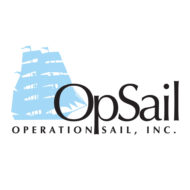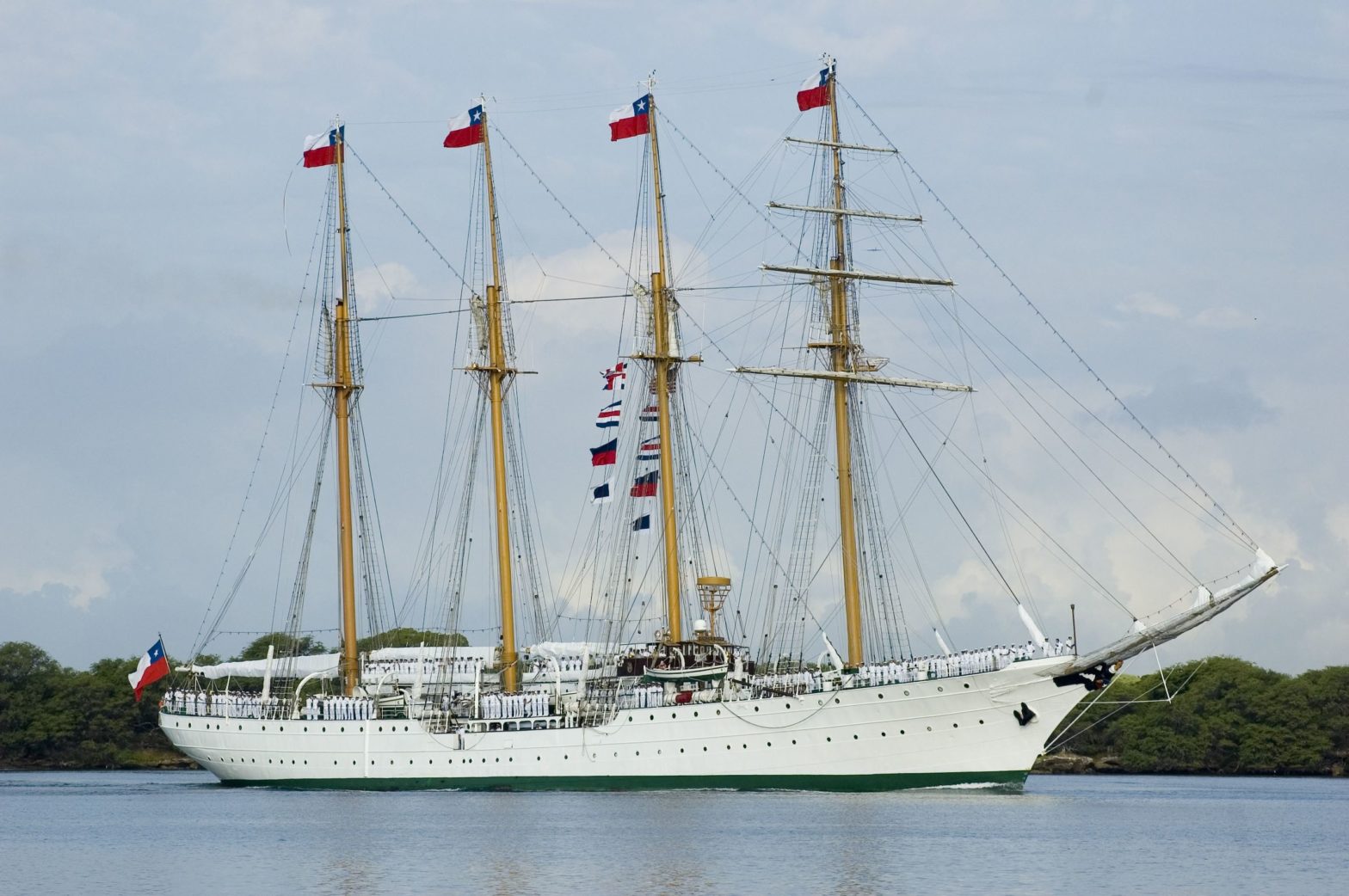Visit our Tall Ships Gallery.
Many different types of sailing vessels can be classified as tall ships. Tall ships are typically broken down into three major categories or classes. In accordance with the Racing and Sailing Rules and Special Regulations established by Sail Training International, the American Sail Training Association defines these classes as follows:
Class A

All square-rigged vessels and all other vessels over 40m (131 feet) in overall length (LOA).
Class B

Traditional-rigged vessels with an LOA of less than 40m (131 feet) and with a waterline length (LWL) of at least 9.14m (30 feet).
Class C

Modern-rigged vessels with an LOA of less than 40m (131 feet) and with an LWL of at least 9.14m (30 feet), not carrying spinnaker-like sails.
In Operation Sail’s 1964 Parade of Sail, there were many ships from many countries. Tall ships are classified by their riggings, and these were the kids of ships included in the first OpSail event:
- Barques, including Eagle from the United States, Gorch Fock from Germany, Statsraad Lehmkuhl from Norway, and Sagres from Portugal. They have at least three masts, and both the fore mast and the main masts have square sails.
- Full-Rigged Ships such as the Libertad from Argentina, the Danmark from Denmark, and the Christian Radich from Norway. These ships have three masts and all are square-rigged, that is, their sails are square.
- Schooners like the Esmeralda from Chile, the Juan Sebastian De Elcano from Spain, the Bluenose II from Canada, and the Freedom from the United States. Schooners have at least two masts.
- Brigantines such as the St. Lawrence II from Great Britain and the Black Pearl from the United States. Brigantines had two masts as well as oars, with a square-rigged foremast and at least two sails on the main mast. They were a favorite type of ship for pirates.
- Yawls like the Tawau from Great Britain, there Peter Von Danzik from Germany, the Corsaro II from Italy, and the Royono from the United States. A yawl has two masts, but one is set behind the rudder post.
Photo by United States Navy, Photographer’s Mate 1st Class Dennis C. Cantrell

